Museum, church or mosque? The Hagia Sophia in Istanbul
-
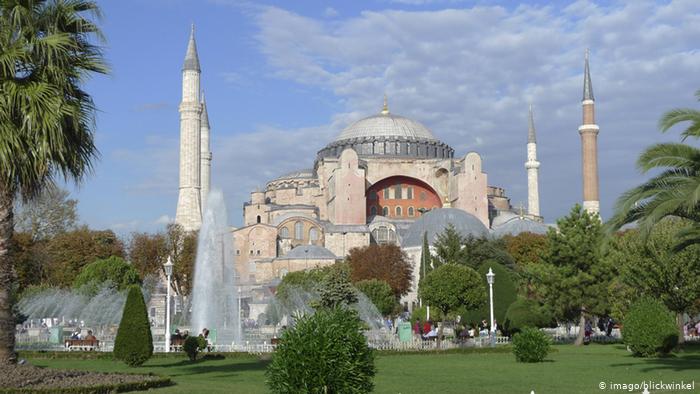
Architectural milestone: in 532, Roman Emperor Justinian ordered the construction of an awe-inspiring church in his residence Constantinople – "one that has never existed since Adam's time, and one that will never exist again". Roughly 10,000 workers were involved in the construction work. For a millennium, the Bosphorus basilica remained Christendom’s biggest church -
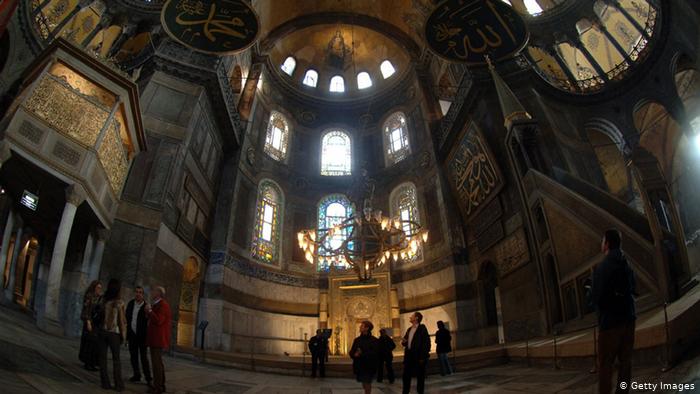
The coronation church of Byzantium: Justinian is said to have invested almost 150 tons of gold into the construction of the Hagia Sophia. The building was in need of some corrections though: at first, the cupola was too flat and caved in during earthquakes. The Hagia Sophia – "Holy Wisdom" – soon came to be used as the Roman Empire's official church. From the 7th century onwards, almost all Byzantine emperors were crowned there -
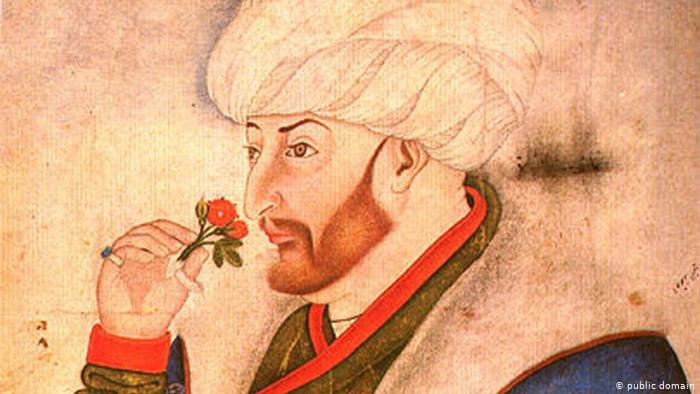
Transformation of a church into a mosque: the year 1453 saw the end of Byzantine rule in Constantinople. After conquering the city, Sultan Mehmet II of the Ottoman Empire turned the Hagia Sophia into a mosque. Crosses were exchanged for crescents, bells and altars destroyed or removed, mosaics and frescoes painted over. The addition of the first minaret completed the transformation into a mosque -

A mosque turned into a museum: the founder of modern Turkey, Mustafa Kemal Ataturk, turned the Hagia Sophia into a museum in 1934. During the very sumptuous restoration works, old Byzantine mosaics were excavated. On 10 July 2020, a Turkish top court annulled the 1934 decree, according to reports by state news agency Anadolu, paving the way for it to be reconverted into a mosque -

Islam on a par with Christianity: the eventful history of the Hagia Sophia is visible everywhere. The letterings "Muhammad" (left) and "Allah" (right) flank the Virgin Mary with the Infant Jesus on her lap (in the back). The Hagia Sophia has been a World Heritage Site since 1985 -
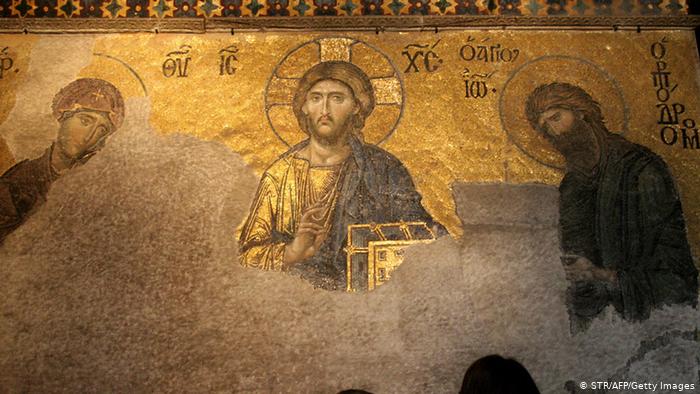
Byzantian icons: the most splendid mosaic in the Hagia Sophia is a work of art from the 14th century which had been excavated on the wall of the southern gallery. Even though it could not be fully restored, the faces are clearly discernible: Jesus as the ruler of the world is depicted in the middle accompanied by Mary to his left and John to his right -
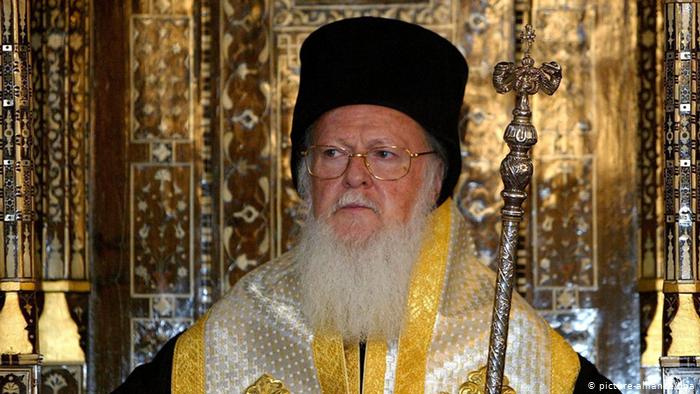
The Orthodox Christians' perspective: Bartholomew I, the Patriarch of Constantinople, and honorary head of all Orthodox Christians, has also laid claim to the Hagia Sophia. He is opposed to converting the building into a mosque. Since 1934 the Hagia Sophia has had the status of a museum, it should serve as a "place and symbol of meeting, dialogue and peaceful co-existence of peoples and cultures" -

Soon a mosque again? Turkey's top administrative court has annulled the decades-old government decree turning the Hagia Sophia into a museum, paving the way for the UNESCO World Heritage site building's restoration to mosque status, despite international warnings against such a move. It is one of the most visited monuments in Turkey
https://qantara.de./en/node/9201
Link
To all image galleries
